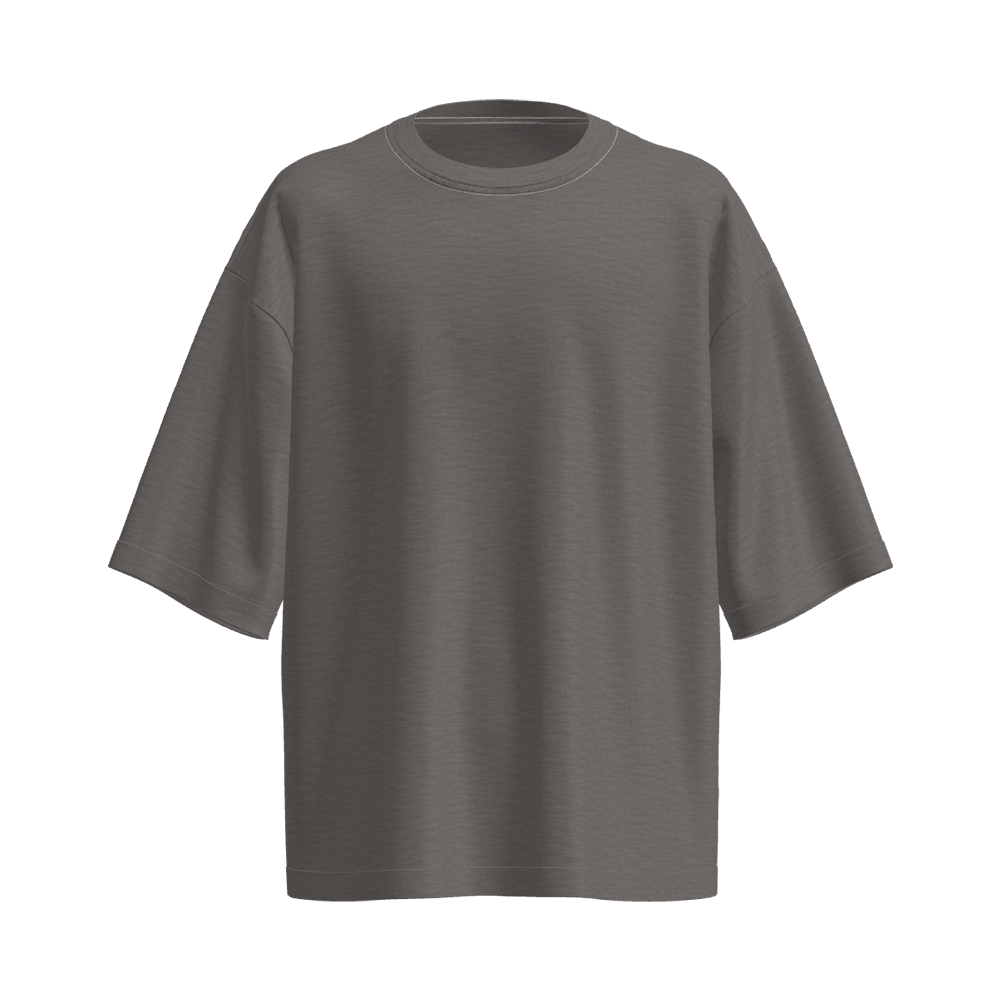
Analysis of key properties and application issues of spandex single-sided knitted fabrics
What are the basic structural characteristics of spandex single-jersey fabrics?
Spandex single-sided knitted fabrics occupy an important position in the textile field due to their unique structural characteristics. From a microscopic perspective, this fabric is mainly made of spandex fibers interwoven with other fibers (such as cotton, polyester, etc.). Spandex, as a highly elastic fiber, gives the fabric excellent stretchability, while other fibers provide the fabric with basic morphology and functional properties.
In terms of weaving structure, spandex single-sided knitted fabric adopts single-sided knitting technology to form a unique coil structure. This coil structure is composed of a series of coils that are interlaced, showing an appearance of one side being flat and the other side having coil extension lines. The flat side is usually used as the front side of the fabric to show a good visual effect; while the side with coil extension lines is the reverse side, and its structure is relatively loose, which helps to increase the softness and breathability of the fabric.
In addition, the single-sided knitted structure makes spandex single-sided knitted fabric have obvious lateral elasticity, because when stretched, the coil will deform and shift in the lateral direction, thereby achieving the expansion and contraction of the fabric. At the same time, due to its single-sided weaving characteristics, the fabric is relatively thin, soft, and comfortable to wear, suitable for making underwear, sportswear, etc. However, the single-sided knitted structure also has certain limitations, such as the relatively poor dimensional stability of the fabric, easy curling, and inferior wear resistance to double-sided knitted fabrics, etc. These characteristics are closely related to its unique structure.
l Influence of fiber composition and weaving process
The performance of spandex single-sided knitted fabric is deeply influenced by both the fiber composition and the weaving process. In terms of fiber composition, the addition of spandex fiber is the key to giving the fabric elasticity. Spandex has extremely high elastic elongation, can be stretched to 5-8 times its original length, and can quickly return to its original shape after the external force is removed. When spandex is combined with cotton fiber, the natural comfort and moisture absorption of cotton are retained, while good elasticity is obtained, making the fabric suitable for daily wear and meeting certain activity needs; and when combined with polyester fiber, the wear resistance and wrinkle resistance of the fabric can be improved, which is suitable for scenes such as sportswear that require frequent activities and friction.
The ratio of different fibers is also crucial. For example, a lower spandex content will result in a less stretchy fabric, but may emphasize the properties of other fibers, such as the breathability of a higher cotton content; a higher spandex content will result in a more stretchy fabric, but may affect the breathability and feel of the fabric.
The weaving process also has a significant effect on the performance of spandex single-sided knitted fabrics. Parameters such as the type of knitting machine, the number of needles, and the knitting speed will affect the structure and performance of the fabric. Taking the number of needles as an example, the fabric woven with a high number of needles is finer and softer, suitable for making underwear; the low number of needles will make the fabric thicker and rougher, and can be used to make home clothes, etc. Different weaving structures, such as plain weave and rib weave, will also change the elasticity, breathability and appearance of the fabric. The plain weave has a simple structure, and the fabric is light and breathable; the rib weave has better lateral elasticity and stability, and is often used in the neckline, cuffs and other parts. Therefore, the key to creating high-performance spandex single-sided knitted fabrics is to reasonably select the fiber composition and optimize the weaving process.
l Advantages and limitations of single-knit structure
The single-sided knitted structure of spandex single-sided knitted fabric gives it unique advantages, but it also has certain limitations. The advantages of the single-sided knitted structure are mainly reflected in several aspects. The first is the lightness and softness of the fabric. Due to its single-sided weaving and relatively simple coil structure, the fabric is light in texture and can bring a comfortable wearing experience when it fits the skin. It is very suitable for making underwear, T-shirts and other close-fitting clothing. Secondly, the single-sided knitted structure gives the fabric good breathability. The loose coil structure is conducive to air circulation. It can effectively discharge heat and moisture during wearing and keep the body dry. In addition, the lateral elasticity of the single-sided knitted fabric is outstanding, which can better adapt to the stretching and bending of the body during human activities and provide a comfortable activity space. This is also an important reason for its wide application in the field of sportswear.
However, the single-sided knitted structure also has limitations that cannot be ignored. First, the dimensional stability of the fabric is poor. When subjected to external forces or after washing, it is prone to deformation, curling and other problems, affecting the appearance and wearing effect of the clothing. Second, the wear resistance of single-sided knitted fabrics is relatively weak, especially in areas that are frequently rubbed, such as elbows and knees, which are prone to pilling and reduce the service life of the fabric. Third, due to its single-sided structure, the warmth retention of the fabric is relatively insufficient, and it may not provide sufficient warmth retention in cold environments, limiting its application in winter clothing. Therefore, when using spandex single-sided knitted fabrics, it is necessary to fully recognize its advantages and limitations, and through reasonable design and process improvements, maximize its strengths and avoid weaknesses to maximize its value.
How to optimize the elasticity and recovery of spandex single-jersey fabrics?
Optimizing the elasticity and recovery of spandex single-sided knitted fabrics is crucial to improving fabric quality and performance. First of all, the key is to reasonably control the spandex content and distribution. The spandex content directly affects the elasticity of the fabric. Generally speaking, the higher the spandex content, the stronger the elasticity of the fabric. However, too high a spandex content may cause the fabric to be too tight, affecting the comfort of wearing and increasing the cost. Therefore, it is necessary to accurately adjust the spandex content according to the use requirements of the fabric. In addition, the distribution of spandex cannot be ignored. Uniform spandex distribution can ensure that the elasticity of the fabric is consistent in all directions, avoiding the situation where the local elasticity is too strong or too weak. The uniform distribution of spandex can be achieved by adjusting the weaving process, such as changing the feeding method and tension of the spandex yarn.
Secondly, the finishing process also has an important influence on the elasticity and recovery of spandex single-sided knitted fabrics. For example, the heat setting process can stabilize the size and structure of the fabric, fix the spandex fiber in a specific form, and thus improve the elastic recovery performance of the fabric. During the heat setting process, parameters such as temperature, time and tension need to be precisely controlled to achieve the best results. In addition, soft finishing can improve the feel of the fabric, reduce friction between fibers, make the spandex fiber smoother during stretching and recovery, and further improve the elasticity and recovery of the fabric. By comprehensively using a variety of finishing processes and combining reasonable spandex content and distribution design, the elasticity and recovery of spandex single-sided knitted fabrics can be effectively optimized to meet the needs of different application scenarios.
l Effect of spandex content and distribution on elasticity
The spandex content and distribution are the core factors that determine the elasticity of spandex single-sided knitted fabrics. The spandex content is positively correlated with the elasticity of the fabric. When the spandex content is low, the elasticity of the fabric is limited and can only provide slight stretching performance, which is suitable for clothing that does not require high elasticity, such as ordinary home clothes. As the spandex content increases, the elasticity of the fabric gradually increases, and it can better fit the curve of the human body and meet the needs of sportswear, tights and other clothing that require high elasticity. However, when the spandex content exceeds a certain proportion, although the elasticity continues to increase, the fabric will become too tight, the breathability and comfort will decrease, and the cost will also increase significantly. Therefore, in actual production, it is necessary to accurately determine the spandex content based on the purpose of the clothing and the wearing experience of consumers.
The distribution of spandex also has an important impact on elasticity. If the spandex is unevenly distributed, the fabric will have local elasticity differences, resulting in uneven tightness when worn, affecting the appearance and comfort. For example, during the weaving process, if the feeding tension of the spandex yarn is inconsistent, the spandex content in some parts of the fabric will be high and in other parts will be low, resulting in uneven elasticity. By adopting advanced weaving equipment and reasonable weaving processes, such as using multiple sets of spandex feeding devices and accurately controlling the feeding speed and tension of the spandex yarn, it is possible to achieve uniform distribution of spandex in the fabric, ensure that the fabric has consistent and good elasticity in all directions, and improve the overall quality and performance of the fabric.
l Effect of finishing process on dimensional stability
The finishing process plays an indispensable role in improving the dimensional stability of spandex single-sided knitted fabrics. Due to its unique coil structure, spandex single-sided knitted fabrics are prone to deformation and shrinkage during use and washing, and the finishing process can effectively improve these conditions. Heat setting is one of the key processes to improve the dimensional stability of fabrics. During the heat setting process, the coil structure of the fabric is stabilized under certain temperature, time and tension conditions, and the fiber molecular chains are rearranged, thereby fixing the shape of the fabric. Appropriate heat setting process parameters can keep the fabric dimensional stable during subsequent use and washing, and reduce deformation and shrinkage.
In addition, resin finishing can also help improve the dimensional stability of fabrics. By applying a resin finishing agent to the surface of the fabric, the resin will form a cross-linked network between the fibers, enhance the bonding force between the fibers, and limit the movement of the fibers, thereby improving the fabric's ability to resist deformation. At the same time, resin finishing can also improve the wear resistance and wrinkle resistance of the fabric. In addition, pre-shrinkage finishing is also a commonly used finishing process. It uses mechanical or chemical methods to pre-shrink the fabric to a certain extent, eliminate the potential shrinkage stress of the fabric, and reduce the dimensional changes of the fabric during subsequent wearing and washing. In summary, the rational use of post-finishing processes such as heat setting, resin finishing, and pre-shrinkage finishing can significantly improve the dimensional stability of spandex single-sided knitted fabrics, extend the service life of the fabric, and improve the quality of clothing.
What are the common problems in the application of spandex single-jersey fabrics?
In actual applications, there are some common problems with spandex single-sided knitted fabrics, which affect their use effect and consumer experience. Among them, the balance between pilling and wear resistance is one of the more prominent problems. Since the single-sided knitted structure is relatively loose, the fibers on the surface of the fabric are easily hooked out when rubbed, forming pills, which affects the appearance and feel of the fabric. At the same time, the fabric's wear resistance is insufficient, and it is easy to be damaged in areas that are frequently rubbed, reducing the service life of the fabric. Improving the moisture absorption and perspiration function is also a major challenge. Although spandex single-sided knitted fabrics have a certain degree of breathability, their moisture absorption and perspiration performance is often difficult to meet the needs during exercise or in hot environments, causing the wearer to feel stuffy and humid, affecting the wearing comfort.
In addition, spandex single-sided knitted fabrics also have the problem of poor dimensional stability. They are easily deformed and shrunk after washing, which changes the pattern of the clothing and affects the wearing effect. In addition, the elastic attenuation of the fabric is also a problem that cannot be ignored. After multiple stretching and washing, the elasticity of spandex will gradually decrease, causing the fabric to lose its original elasticity and fit. These common problems need to be solved through various means such as improving fiber composition, optimizing weaving process and improving finishing technology to improve the comprehensive performance of spandex single-sided knitted fabrics and meet the needs of different application scenarios.
l Balance between pilling and abrasion resistance
In the application of spandex single-sided knitted fabrics, achieving a balance between pilling and wear resistance is the key to improving fabric quality. Pilling is mainly caused by the loosening and entanglement of fibers on the surface of the fabric under friction to form pills, while wear resistance is related to the ability of the fabric to resist wear. The two are interrelated and mutually restrictive. In order to improve the pilling problem, you can start with fiber selection and choose fibers with smooth surfaces and less hairiness, such as filament fibers instead of short fibers, to reduce the chance of loose fibers during friction. At the same time, by improving the weaving process and increasing the tightness of the fabric, the cohesion between the fibers is enhanced, reducing the possibility of fibers being hooked out.
In terms of improving wear resistance, methods to enhance the surface performance of fibers can be used, such as surface coating of fibers to increase the wear resistance of the fiber surface; or by blending high-strength fibers, such as aramid, to improve the overall wear resistance of the fabric. In addition, singeing and shearing in the finishing process can remove the hairiness on the surface of the fabric and reduce pilling; while resin finishing can form a protective film on the fiber surface to enhance the wear resistance of the fabric. In actual production, it is necessary to comprehensively consider various factors, find the best balance between pilling and wear resistance by reasonably matching fibers, optimizing weaving processes and using appropriate finishing technologies, so that spandex single-sided knitted fabrics can maintain a good appearance and have a long service life.
l How to improve moisture wicking?
Improving the moisture absorption and perspiration function of spandex single-sided knitted fabrics can significantly improve wearing comfort and expand the application areas of fabrics. From the perspective of fiber modification, spandex or fibers blended with it can be hydrophilically modified. For example, hydrophilic groups are introduced on the fiber surface through chemical grafting, coating and other methods to increase the fiber's ability to absorb moisture. At the same time, fibers with natural hygroscopic properties such as cotton and modal are selected to blend with spandex, and the hygroscopic properties of these fibers are utilized to improve the overall hygroscopic capacity of the fabric.
In the weaving process, the use of a special weaving structure helps to enhance the moisture absorption and perspiration effect. For example, a double-sided structure design is adopted, with fibers with good moisture absorption performance on one side and moisture-conducting and quick-drying fibers on the other side, forming a "inner absorption and outer conduction" structure to accelerate the transmission of moisture. In addition, increasing the porosity of the fabric so that moisture can pass through the fabric faster is also an effective way to improve the moisture absorption and perspiration function. In terms of post-finishing technology, the fabric is treated with a moisture absorption and perspiration finishing agent, which can form a hydrophilic network on the fiber surface to promote the diffusion and evaporation of moisture. Through the comprehensive application of fiber modification, weaving process optimization and post-finishing technology, the moisture absorption and perspiration function of spandex single-sided knitted fabric can be effectively improved to meet consumers' demand for a comfortable wearing experience, especially suitable for sportswear, outdoor clothing and other fields.
LATEST POST
Let’s create something amazing together
contact usDon't hesitate to contact when you need us!



 English
English 한국어
한국어 中文简体
中文简体

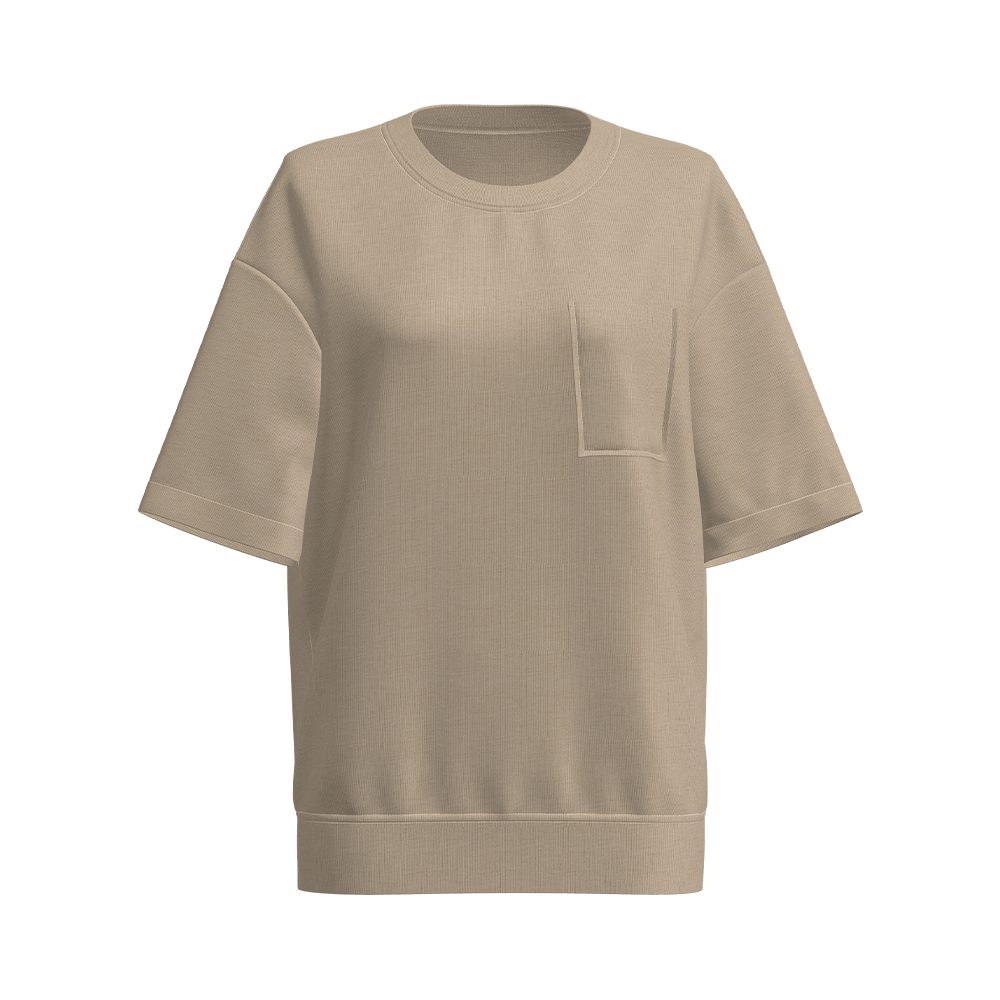
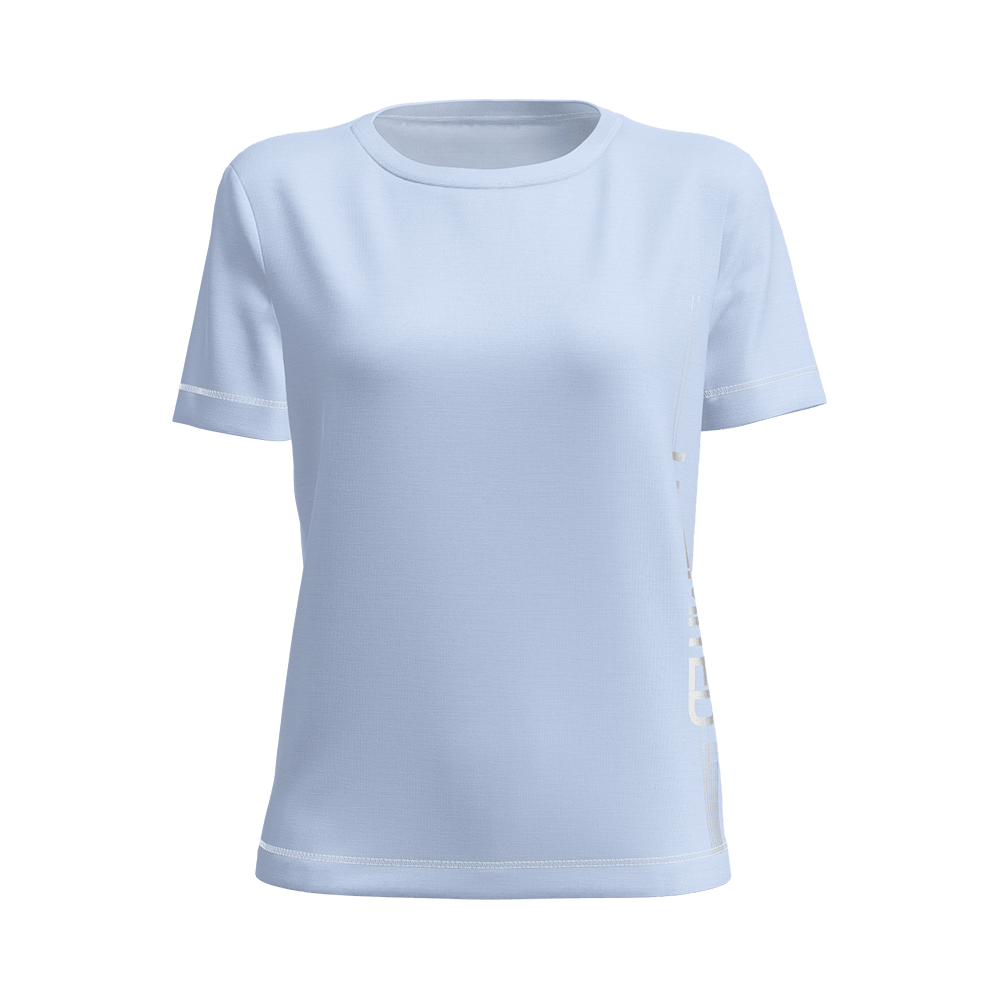
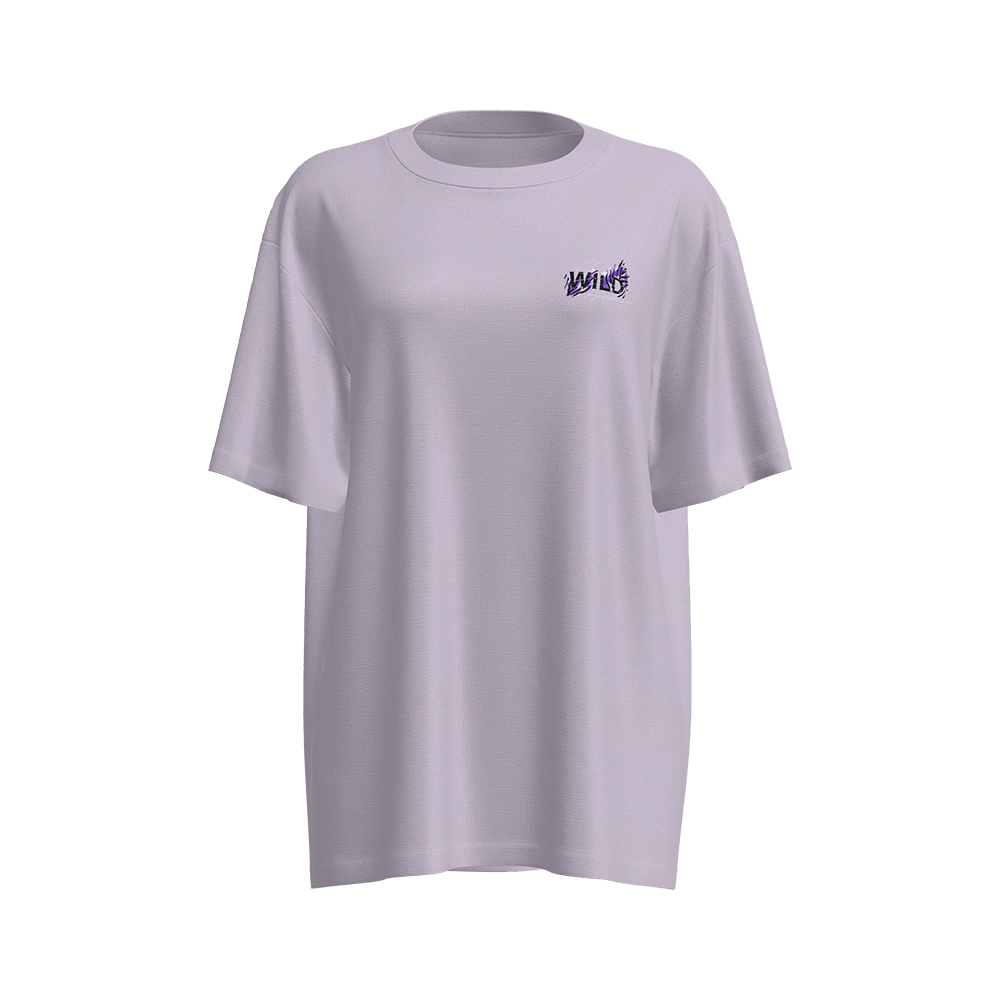
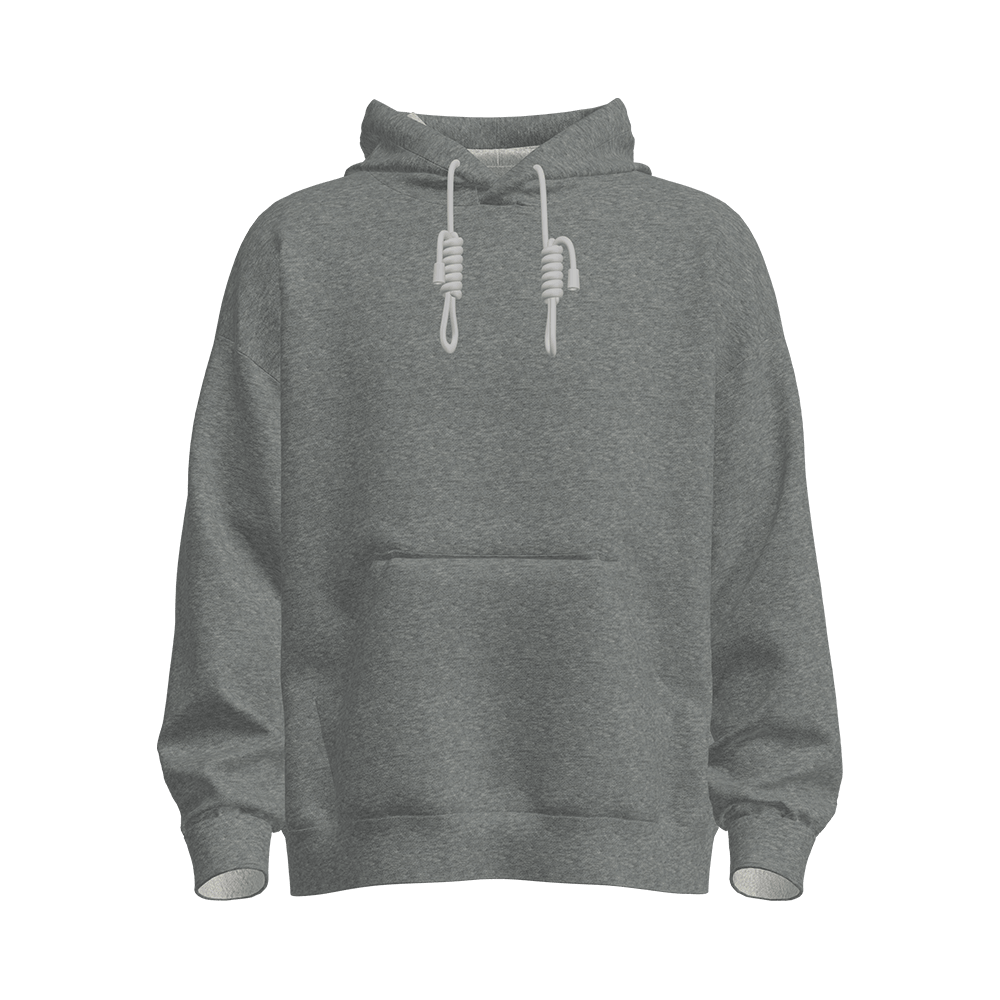
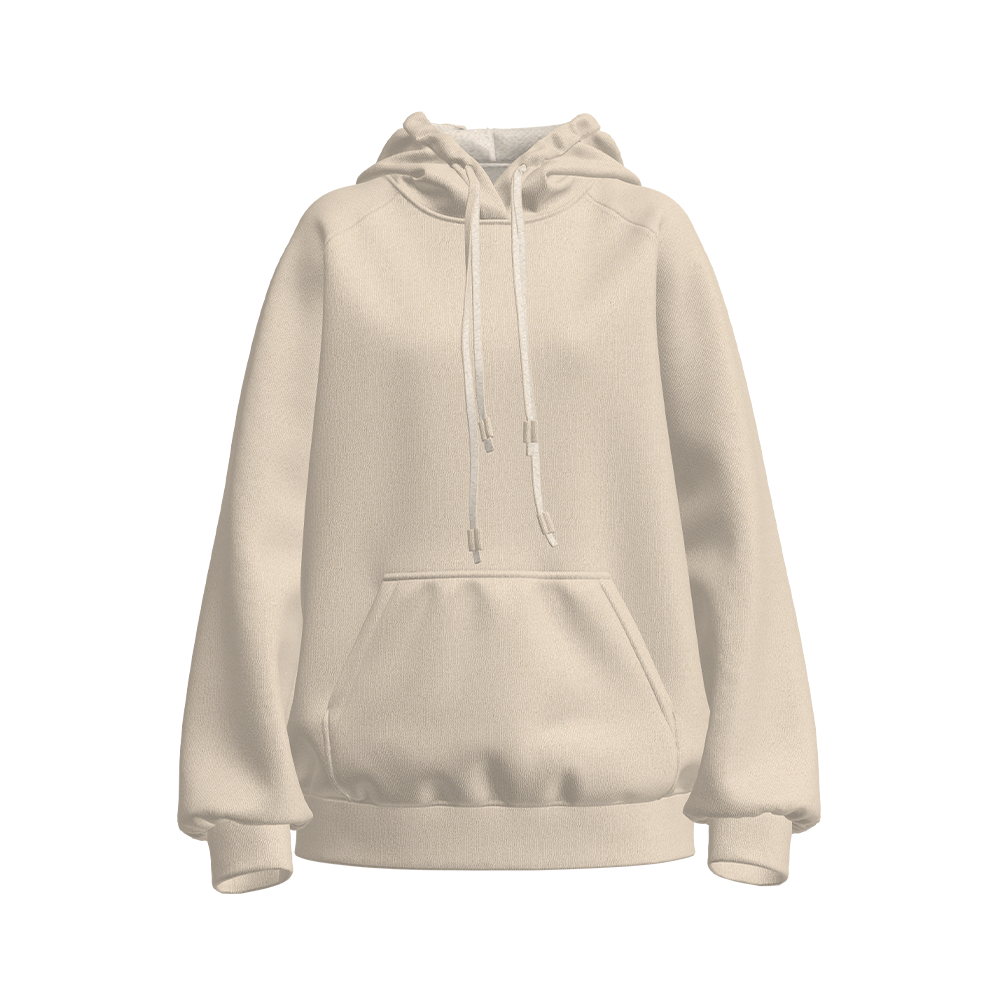


 +86-512-52528088
+86-512-52528088 +86-512-14546515
+86-512-14546515

